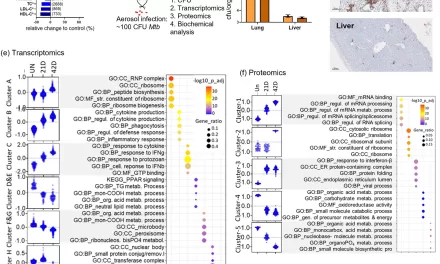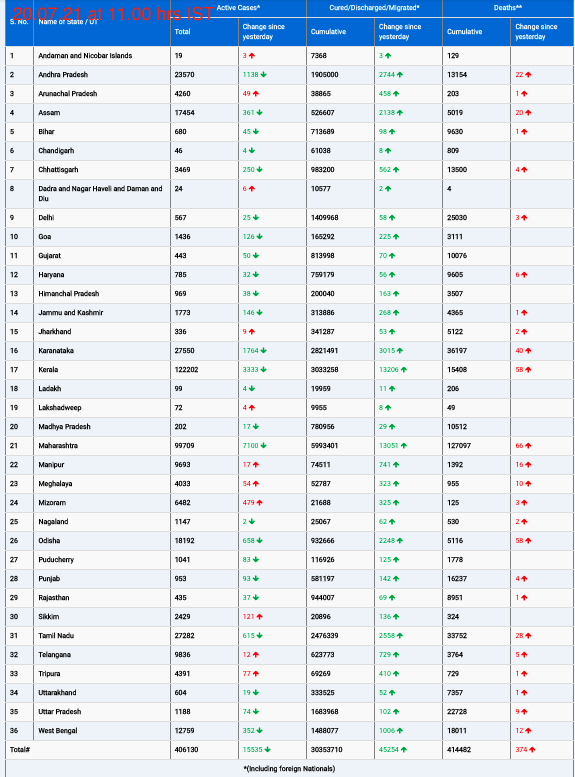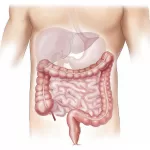The review and update process will build on the extensive work already featured in the manual. It will focus on:
1. Updating key concepts around gender;
2. Highlighting and expanding on the concept of intersectionality, which looks at how gender power dynamics interact with other hierarchies of privilege or disadvantage, resulting in inequality and differential health outcomes for different people. Intersecting factors include sex, ethnicity, race, age, class, socioeconomic status, religion, language, geographical location, disability status, migration status, gender identity and expression, sexual orientation and political situation.
3. Going beyond non-binary approaches to gender and health to recognize gender and sexual diversity, or the concepts that gender identity exists on a continuum and that sex is not limited to male or female.
4. Introducing new gender, equity and human rights frameworks and tools to further support capacity building around these concepts and the integration of their approaches in the work of WHO.

The review and update of the manual is being carried out in partnership with the United Nations University International Institute for Global Health. During the summer and fall of 2022, people will have the opportunity to provide inputs and feedback from reviews of the updates and participate in a validation workshop and/or the pilots.












